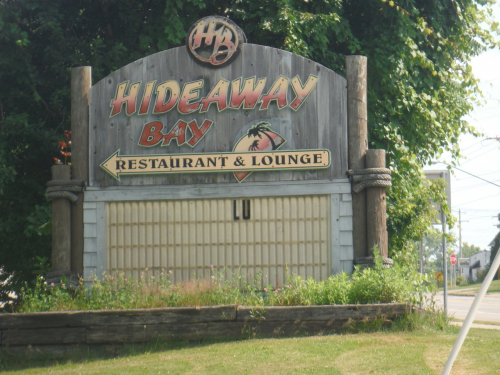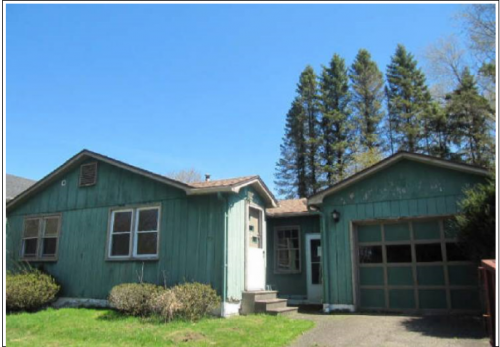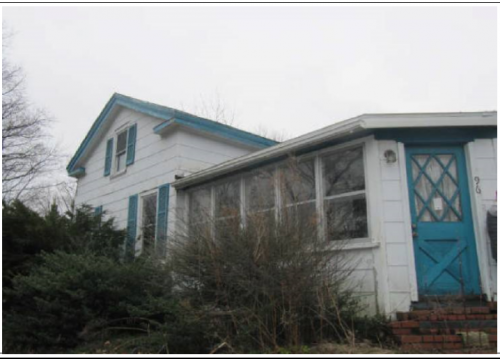From the Dunkirk Observer.
State Comptroller Thomas DiNapoli today released a report on the progress regional land banks are making in helping communities fight blight and address zombie properties. New York currently has 15 active land banks throughout the state that acquire properties in an effort to return them to productive use though redevelopment or demolition.
“The surge in foreclosures and vacant, abandoned ‘zombie properties’ across our state demands action,” DiNapoli said. “The creation of land banks, as well as legislation passed earlier this year, gives local officials new tools to promote economic recovery in the areas most heavily impacted by the foreclosure crisis. Over time, with adequate funding, these entities may help stop the erosion of local tax bases and return economic vitality in disadvantaged communities.”
DiNapoli’s report noted as of July 2016, 10 of the state’s 15 land banks listed a total of 1,093 properties in their inventories, one-third of which are vacant lots or land, or properties slated for demolition.
In many cases, the land banks focus on rehabilitating residential properties, but many also demolish vacant buildings that are structurally unsound or pose other risks to public health and safety. At least one land bank has sought to acquire and remediate brownfields, while others use some acquired properties to enhance recreational opportunities for local residents.
To accomplish these goals, New York’s land banks rely heavily on subsidies to fund operations, the most significant of which is through the Land Banks Community Revitalization Initiative. This grant program is administered by the Office of the Attorney General Eric Schneiderman and is funded, in part, by financial settlements with large banks involved in the mortgage crisis. To date, a total of approximately $33 million has been allocated.
Unfortunately, out-year budget projections paint a pessimistic picture of land banks’ long-term financial sustainability. Budget reports filed with the Authorities Budget Office show subsidies and grants account for the vast majority of land bank revenues.
The report estimates that subsidies and grants accounted for between 77 percent and 96 percent of land banks’ revenues. Most land banks estimate receiving little or no total revenue when their current grants run out, rather than projecting increased operating revenue such as tax collections or profits from sales to make up the difference.
Chautauqua County’s Land Bank operation, the report noted, began in 2012 and is trying to implement a sustainable funding model, seeking to acquire a mix of properties and use profits on the rehabilitation and sale of relatively high-value properties to subsidize losses on the demolition or rehabilitation of lower-value properties. The entity’s activities have centered on Jamestown and Dunkirk. Of the 33 properties to which it held title as of July 20, 15 were in Jamestown and 15 were in Dunkirk.
As of October 2015, the CCLBC had sold 26 rehabbed homes, demolished 29 and put 26 side lots back on the tax rolls.









